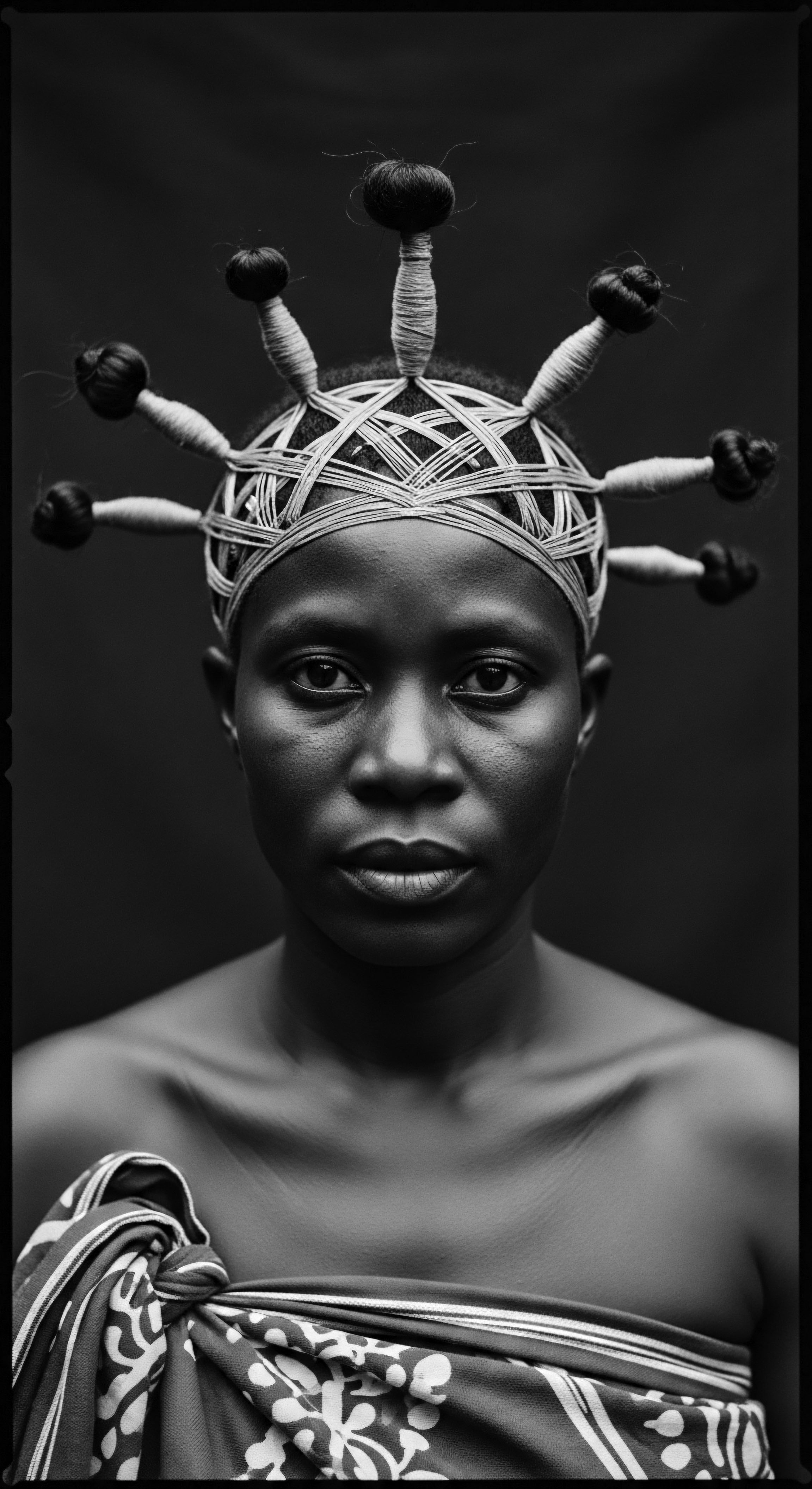
What are ancestral textured hair hydration methods?
Ancestral textured hair hydration methods centered on natural plant-based ingredients and protective styling to preserve moisture, connecting deeply to heritage.

Can traditional clay practices hydrate textured hair?
Traditional clay practices hydrate textured hair by gently cleansing while imparting beneficial minerals, a profound connection to our ancestral hair heritage.

Can historical plant preparation techniques improve modern textured hair moisture?
Historical plant methods, rooted in **heritage**, enhance textured hair moisture through natural humectants and emollients.

Which ancestral African oils hydrate textured hair?
Ancestral African oils like shea, baobab, argan, and manketti hydrate textured hair by providing emollients and nutrients, continuing a heritage of care.

How did ancient communities provide consistent hydration for textured hair?
Ancient communities hydrated textured hair with natural oils and butters, protective styles, and plant extracts, reflecting deep ancestral wisdom.

What natural ingredients kept textured hair hydrated historically?
Ancestral practices harnessed plant-based butters and oils like shea and baobab to deeply hydrate and protect textured hair.

What natural ingredients from ancient practices hydrate textured hair today?
Ancient practices hydrated textured hair using natural ingredients that nourished strands and affirmed cultural identity.

Why are mucilages from plants good for textured hair?
Plant mucilages nourish textured hair by offering ancestral hydration, slip, and definition, deeply rooted in heritage care practices.

How did ancestral African communities hydrate textured hair?
Ancestral African communities hydrated textured hair using natural emollients and water-rich plant extracts, rooted in deep heritage and communal wisdom.

What historical botanicals hydrated textured hair?
Historical botanicals like shea butter, coconut oil, and aloe vera sustained textured hair through ancient wisdom and natural hydration.

How did arid regions hydrate hair?
Arid regions hydrated textured hair using ancestral plant-based oils, animal fats, and protective styles, rooted in centuries of heritage wisdom.

How did African communities hydrate textured hair?
African communities hydrated textured hair through ancestral practices using nutrient-rich oils and butters, protective styling, and communal rituals.

What historical significance does shea butter hold for hair hydration?
Shea butter holds ancient cultural importance for textured hair hydration, a heritage rooted in West African ancestral care.

What traditional oils kept textured hair hydrated?
Traditional oils like shea butter and coconut oil deeply hydrated textured hair, preserving ancestral practices and cultural heritage.

How did arid plants hydrate textured hair?
Arid plants hydrate textured hair through humectant compounds, reflecting ancient ancestral wisdom of diverse Black and mixed-race communities.

What ancestral oils best hydrate textured hair?
Ancestral oils like shea butter, castor oil, and coconut oil, revered for centuries, deeply hydrate textured hair, honoring a rich heritage of natural care.

What traditional plants aid textured hair moisture?
Traditional plants aid textured hair moisture through humectant and emollient properties, reflecting deep ancestral heritage in hair care.

How did ancestral oils hydrate textured hair?
Ancestral oils hydrated textured hair by forming a protective seal, locking in moisture and preserving the strand's natural suppleness.

How did ancient communities hydrate hair?
Ancient communities hydrated textured hair using natural oils, butters, and plant-based concoctions, deeply rooted in ancestral knowledge and cultural heritage.

How did ancient communities hydrate textured hair?
Ancient communities hydrated textured hair using natural elements, botanical oils, and protective styles, preserving ancestral hair heritage.
